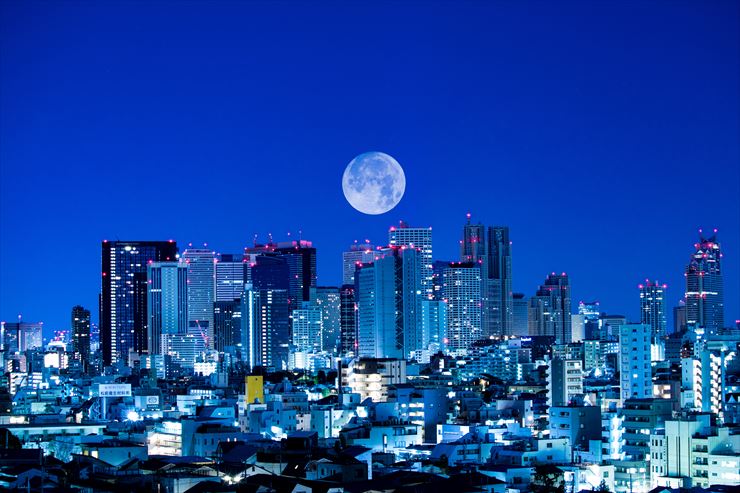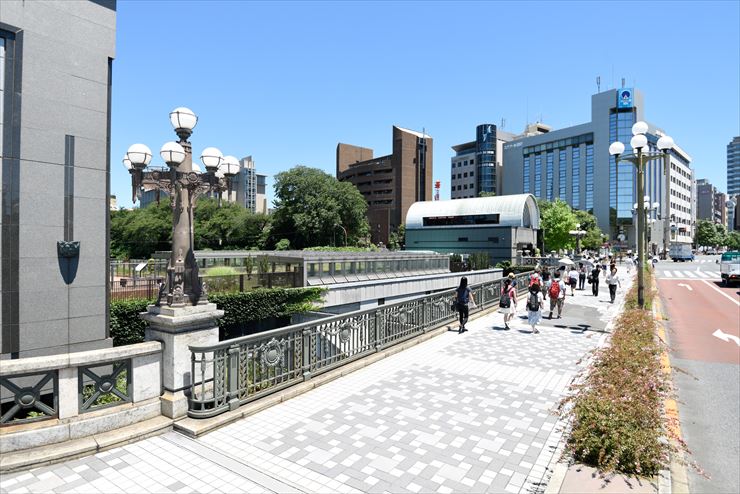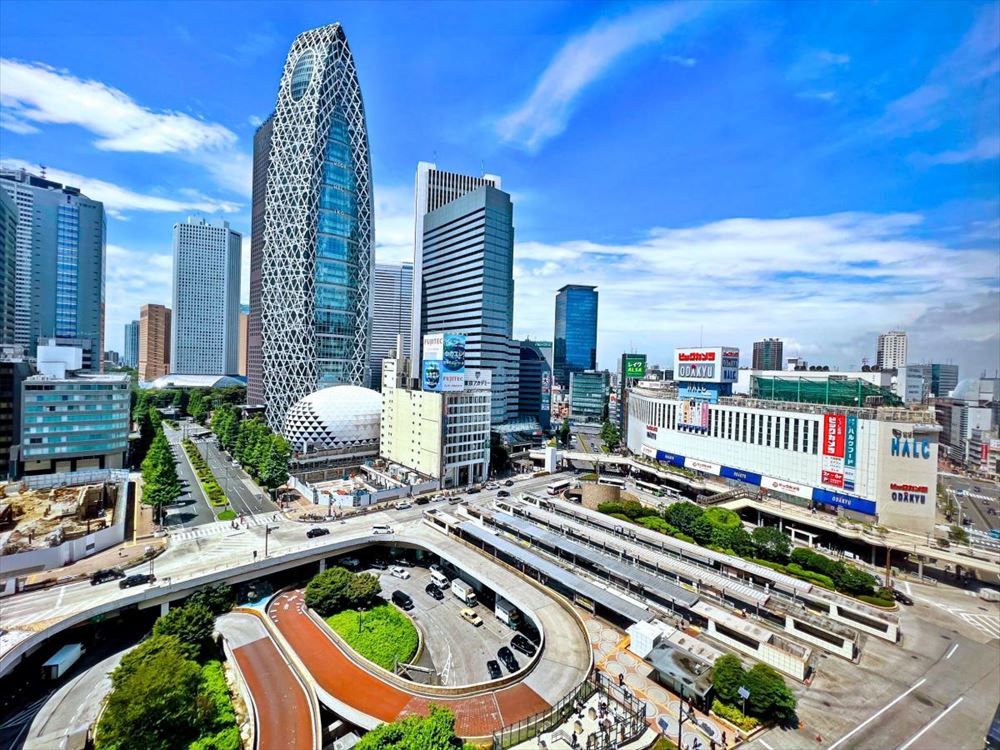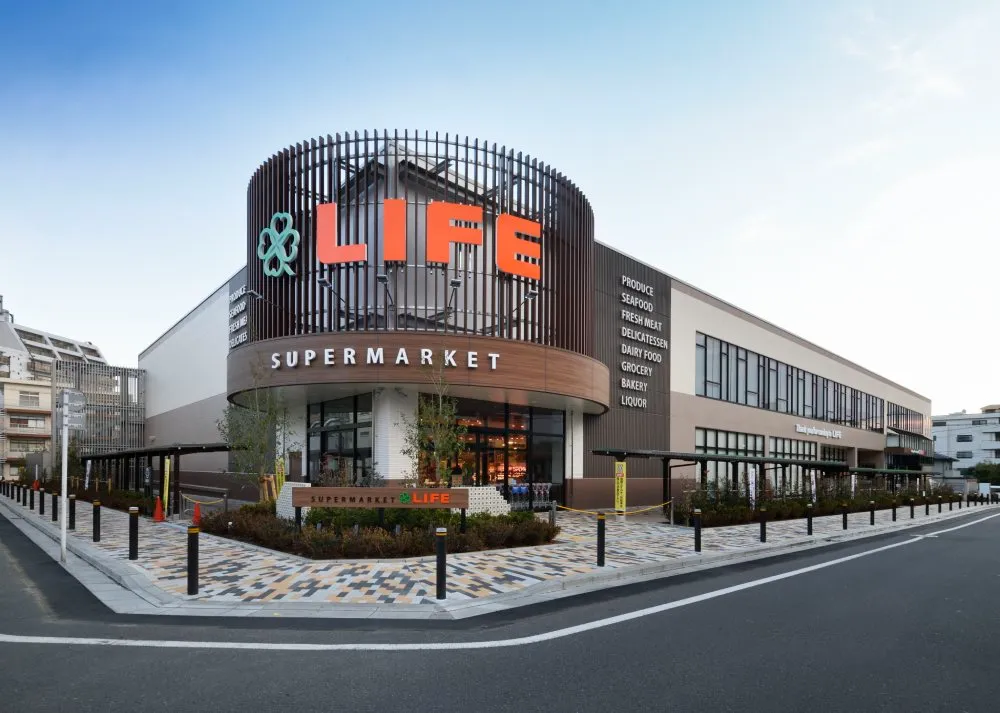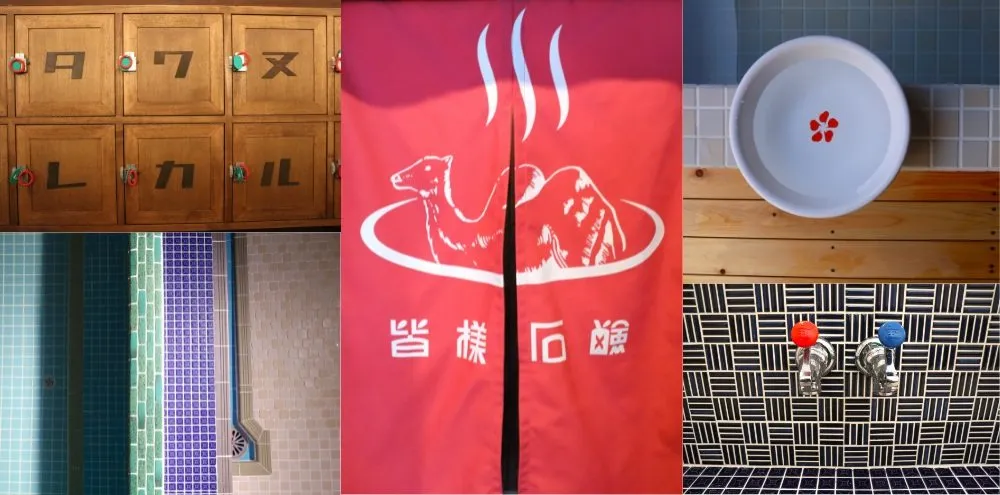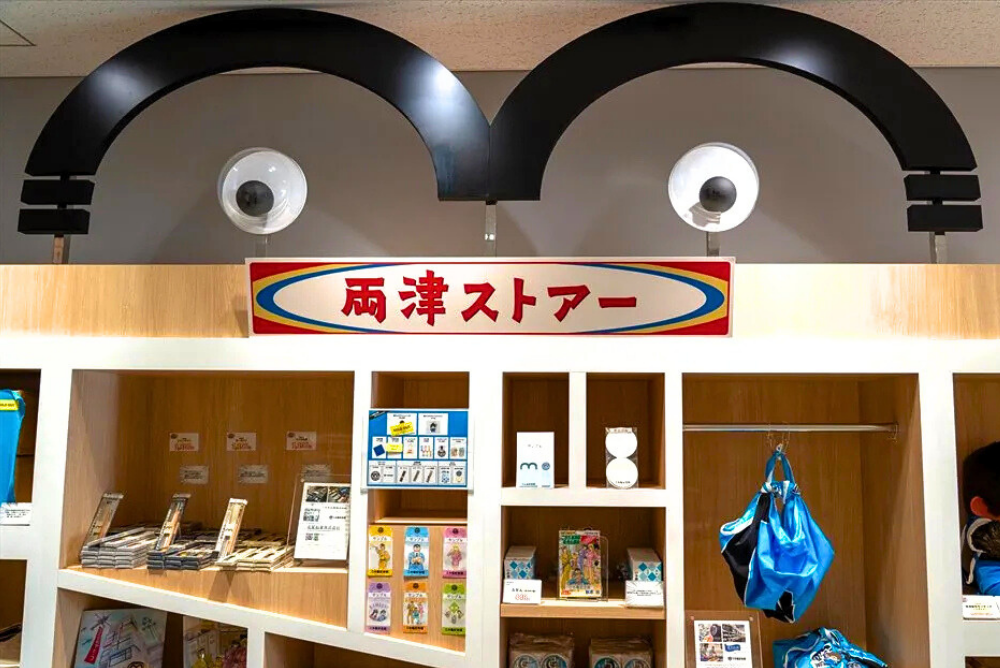Shinjuku City (Shinjuku-ku in Japanese) is a cosmopolitan city located at the center of Tokyo, which comprises 23 cities. It has Shinjuku Station, the world’s busiest station, entertainment districts and one of the most prosperous commercial areas in Japan around the station, all of which attract visitors from all over the world. Meanwhile, simply by making a little side trip from Shinjuku Station, you can visit Shinjuku neighborhoods that have many diverse and distinctive aspects as well as experience Japan-style charms.
Discovering New Aspects of Attractive Shinjuku! Vol. 6Takadanobaba, Waseda, Okubo Area
Here, we will introduce Takadanobaba, Waseda, and Okubo, three unique areas, imbued with university culture and ethnic diversity. Delve deep into the depths of Shinjuku and immerse yourself in the art, culture, and international atmosphere. And don’t worry—lots of enticing food also awaits!
Waseda and Takadanobaba: A welcoming district buzzing with students
_R.webp)
Takadanobaba and Waseda are collectively known as the “student city,” with the prestigious private Waseda University and other universities and vocational schools dotting the area. In addition to the Waseda International House of Literature (The Haruki Murakami Library), known for its architectural design by the world-famous Kengo Kuma, there are other places to immerse yourself in the rich culture such as the Natsume Soseki Memorial Museum dedicated to novelist Natsume Soseki and the Yayoi Kusama Museum, which showcases artwork by the avant-garde Yayoi Kusama. Furthermore, there are restaurants and izakaya (Japanese-style pubs) where you can get your fill of cheap, delicious dishes in hefty portions. The area is also one of Tokyo’s biggest ramen “battlegrounds,” teeming with ramen restaurants with distinctive characters. Or, if you prefer to steep yourself in student nostalgia, head to “Game Center Mikado” and discover an array of arcade games from the 1980s and the 1990s.
With new business hotels on the rise in recent years, as well as Takadanobaba Station’s easy access to larger cities like Shinjuku and Ikebukuro, this is a recommended area to use as your base for sightseeing in Tokyo. Step out of the Waseda Exit of Takadanobaba Station to be greeted by characters from Tezuka Osamu’s comics painted on the wall below an overpass, including the famous “Astro Boy,” said to have been conceived in Takadanobaba.

Okubo: A district of rich international colors

In the vicinity of Okubo Station is Hyakunincho (literally, “hundred-person town”). The town’s name is said to come from 100 troops of musketeers stationed here for the protection of Edo (old Tokyo) roughly 400 years ago. To this day, torii gates and stone lanterns dedicated to the musketeers stand tall at the Kaichu Inari Shrine. With Okubo-dori Street at its center, this historic area is now rife packed with restaurants and markets where you can savor the delectable flavors of Korean, Thai, Vietnamese, Nepalese, and other Asian cuisine.
Shin-Okubo rules
★Please follow the rules during your excursion!
1. Do not block the path when stopping or waiting in line in front of a restaurant or store.
2. All food should be enjoyed inside restaurants, or, with takeout, at Nishi-Okubo Park or at your accommodations.
3. Do not litter or smoke on the street.
Popular local sakura-viewing spots
Recommended for those yearning for a light stroll is Toyama Park, a popular spot for viewing cherry blossoms, azaleas, and more. Inside, you’ll find the 44-meter-tall Mt. Hakone, the highest elevation within the Yamanote Line loop in Tokyo. From late March to early April, stunning cherry blossoms bloom beside the Kanda River. Enjoy the blossoms enveloping the river as the Toden tram runs along its flank, creating the quintessential scene of Shinjuku in the spring.


Conclusion
Access and detailed information about these places are available at Shinjuku Tourist Information (at South East Gate of JR Shinjuku Station).
Please check out the website for the latest event information.
| URL | https://www.kanko-shinjuku.jp.e.xm.hp.transer.com/ |

